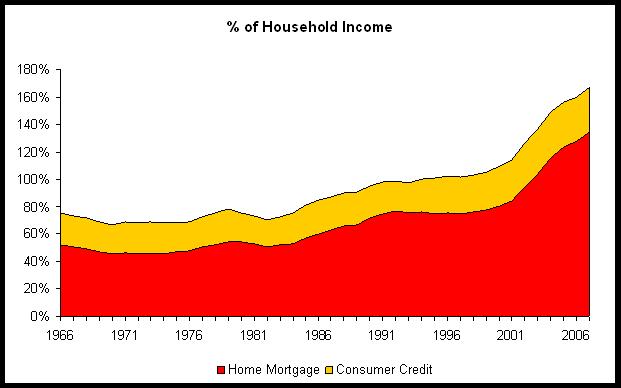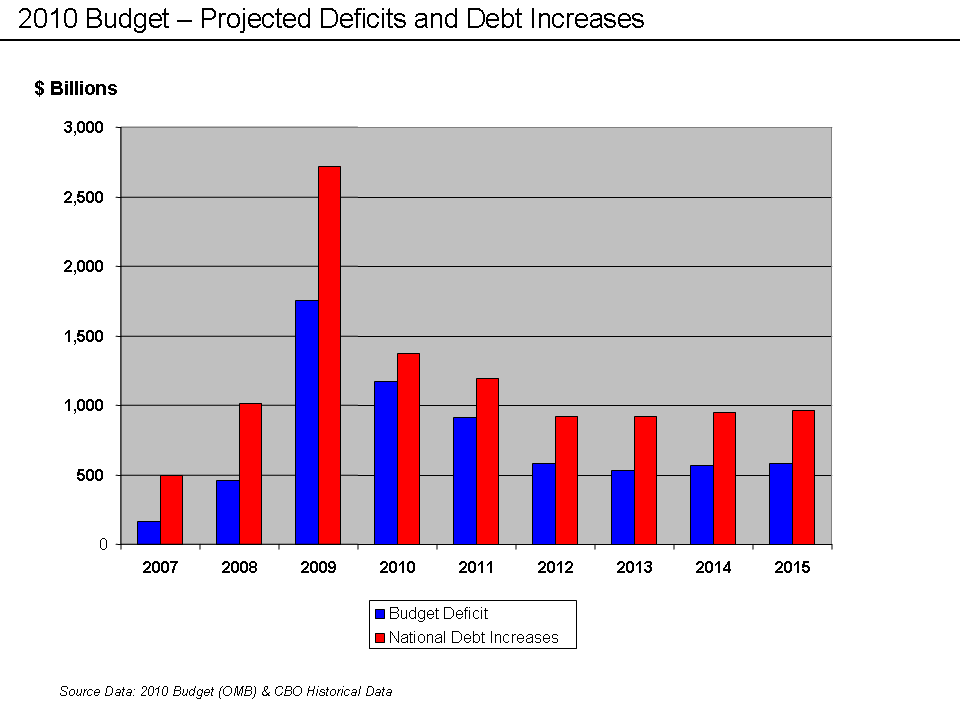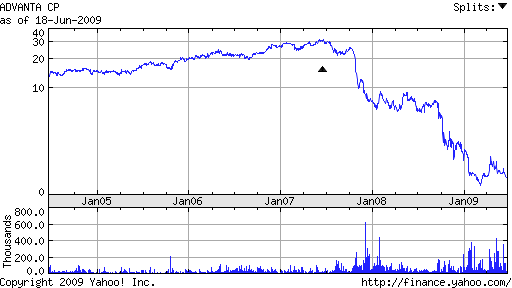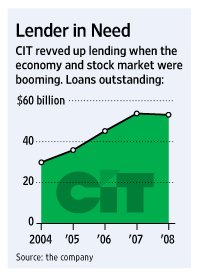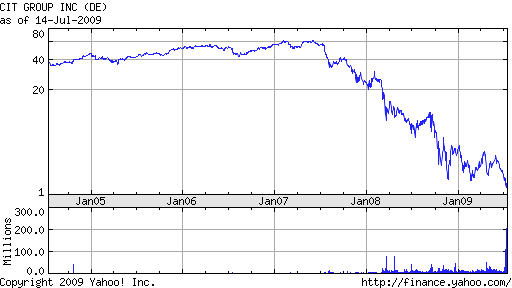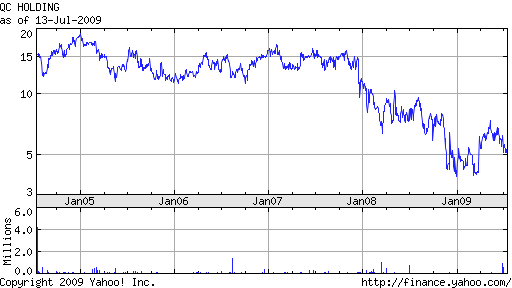12% Returns – “Guaranteed”
You don’t know whether to laugh or cry every time another Ponzi scheme comes to light.
July 28 (Bloomberg) — The U.S. Securities and Exchange Commission said it halted a $50 million Ponzi scheme near Detroit that raised money for a real-estate investment fund and targeted the elderly.
A federal judge in Michigan agreed to freeze assets after the SEC sued John Bravata, 41, and Richard Trabulsy, 26, claiming they lured more than 400 investors by promising 8 percent to 12 percent annual returns, the agency said today in a statement. Of $50 million raised since May 2006, less than $20.7 million was spent on real estate, the SEC said.
“Investors thought they were investing in a safe and profitable real-estate investment fund, but instead their money was being used to pay for luxury homes, exotic vacations and gambling debts,” said Merri Jo Gillette, director of the SEC’s regional office in Chicago.
The defendants allegedly lured investors by saying the fund offered “safer returns” for individual retirement accounts. More than half the proceeds raised by BBC Equities were conversions from investors’ IRAs, the regulator said.
This should sound very familiar since all Ponzi schemes rely on the same ridiculous promises – very high rates of return with virtually no risk. The promoters of this latest Ponzi scheme promised returns 1200% higher than what is available on a 2 year treasury note with virtually no risk. 400 hundred “investors” took the bait, apparently believing that 12% returns were available with little risk.
Knowing exactly how many potential investors had to be solicited in order to get 400 to sign up would provide some interesting insights on investor behavior. Do a significant percentage of individuals fall prey to smooth talking con men promising returns that would normally imply high risk? As we have seen from the Madoff Ponzi scheme, many wealthy and sophisticated investors succumbed to the lure of high returns with low risk.
Desperate Search For Yield Due To Fed ZIRP Policy
This latest Ponzi scheme may be unique in that the perpetrators targeted the elderly. Con men have a natural instinct to prey upon the most vulnerable and offer them what they need the most. Many elderly investors who previously depended on interest income from savings have seen their incomes reduced to virtually zero as the Fed has forced rates at the short end to near zero.
Super low cost funding from saver deposits have resulted in huge lending spread profits for the banks. A Fed zero interest rate policy (ZIRP) is the silent unpublicized part of the bank bailout. In this zero sum game, the banks are the winners and the savers the losers. How many financially prudent savers have been forced by the Fed’s policy of zero rates to take high risks (in search of yield) that has resulted in catastrophic losses?
Savers who must have income to survive have been forced by the Fed to assume more risk with longer maturity and/or riskier asset classes. Some savers, in their desperate search for yield, have wound up losing everything to Ponzi scheme operators.
For retired savers searching for higher yields and who can tolerate price fluctuations, consider allocating some assets into a diversified selection of blue chip companies that pay dividends. Here are some companies to consider, with stock symbol and dividend yield listed.
Altria Group MO 7.2%
Kraft KFT 4.1%
Merck MRK 5.1%
Home Depot HD 3.5%
AT&T T 6.4%
Philip Morris Intl PMI 4.6%
Disclosures: No Positions

